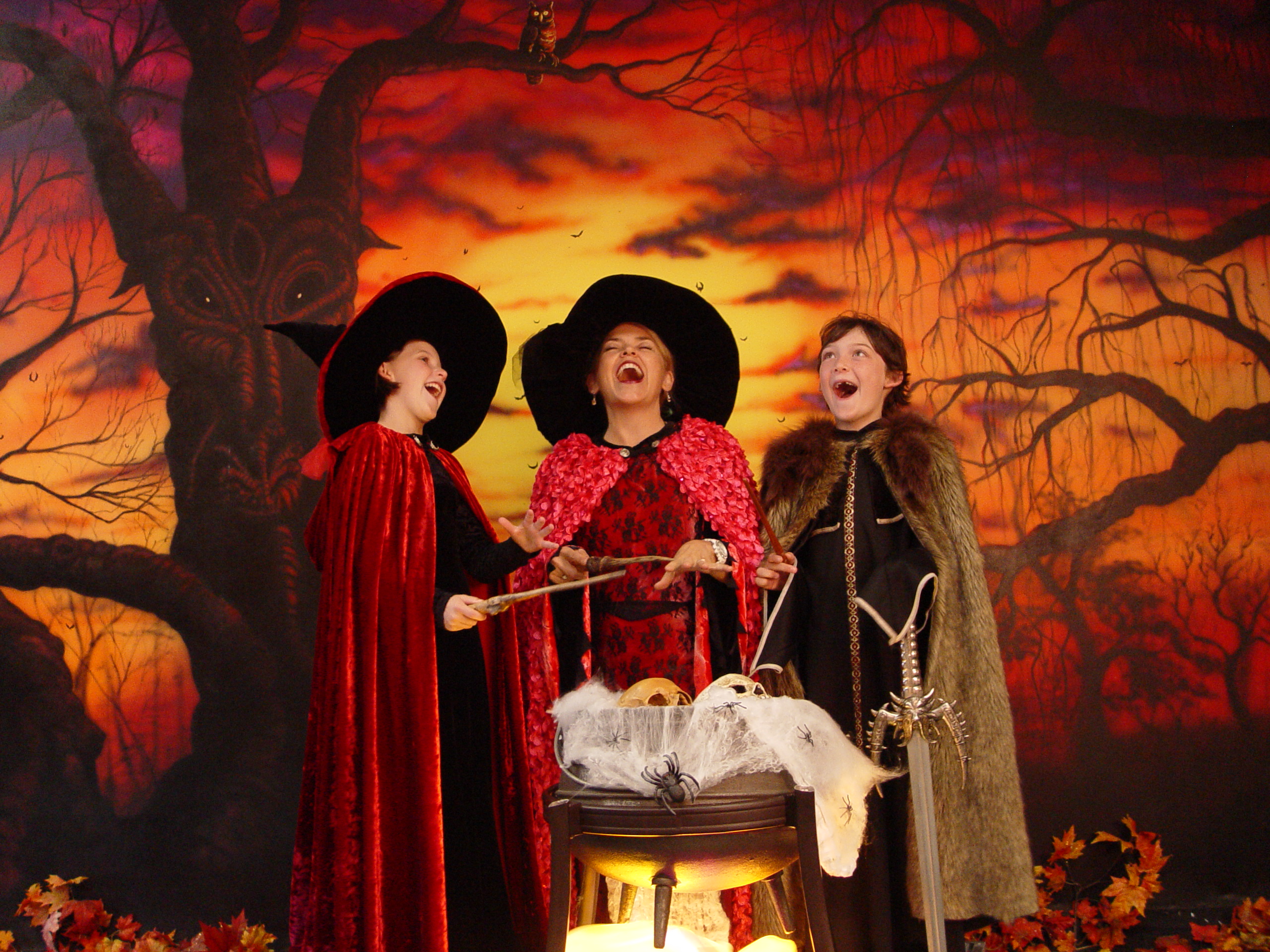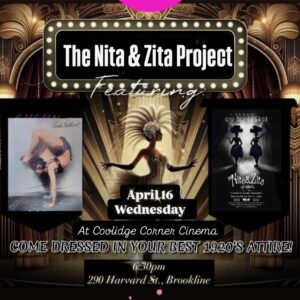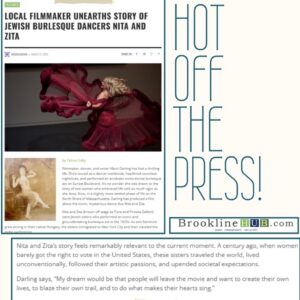I am not a huge Roald Dahl fan. Even as a child I found his stories to be disturbing and unsettling, and my own children feel the same. But I love witches, and stories about witches, and films, so when I saw that Robert Zemeckis had directed The Witches, I called the kids to come watch the premiere together. They are teenagers, so they refused, but I am not one to be deterred from a holiday movie night. I don’t remember a lot about the book, so I popped some popcorn and settled in to see how this magical visionary director would interpret the story.
The opening narration by the main character, the orphaned boy, is voiced by Chris Rock, creating an immediate tone of fun and whimsy, even though he is warning the viewer that witches are real and they are dangerous.
Witches are often used in fairy tales and stories as arbiters of change, casting curses or enchantments, revenge spells or spells that can find lost things. They show us that things are not always as they appear. When a witch shows up in a story, you can be certain things are about to change.
The film version has changed the setting to 1967 Alabama and made the main characters black. The boy moves in with his grandmother played by the charismatic and fabulous Octavia Spencer. Warm, wise, and loving, the grandmother in this story has some powerful magic of her own. She patiently and lovingly helps the boy climb out of his sadness, although this journey through grief and loss is going to look very different than they ever could have imagined. To entice him back into the world, she tries feeding him delicious food, dancing around the kitchen, and when none of that works, she finally gives him a pet to care for, a little white mouse that he names Daisy. It is caring for Daisy that finally lifts the boy out of his sadness.
The boy accidentally ends up hiding in the ballroom of a fancy hotel and he is horrified to learn that all the pretty women entering the room are actually grotesque and hideous witches who plan to turn all the children in the world into mice. He watches as a young boy who loves to eat mistakenly wanders into the witches room and is turned into a mouse right in front of him, and then he is turned into a mouse himself. They unite in their new forms and join forces with Daisy, who it turns out, is also a former human child transformed by witches.
It is interesting to note that in many ancient cultures and Jungian symbology the mouse is considered a vessel for transformation. They are examples of endurance, where size doesn’t mean strength, and are so adaptable they can survive in nearly every climate in the world. Coincidentally, I just listened to the most recent episode of Lore, my favorite podcast, which spoke about the legends of local witches and their familiars, which happen to be… white mice.
In the film, does the boy cry and lament that he was turned into a mouse? No, he actually enjoys his new form and uses his new size and agility to turn the witches spell back on themselves in a fantastic restaurant scene involving witches back flipping into the air and dissolving into purple smoke as they transform into rats. (Oh how I wish I had this power right now. I think all of us wish we could cast a spell on Corona Virus and maybe a few politicians to make them all disappear into purple smoke.)
The boy’s grandmother tries to work one of her own magic spells to turn the three mice back into children, but it doesn’t work. When I saw this, I said out loud, to no one, “NO! They must turn back!” But this is a different story, a story about permanent transformation and the gaining of knowledge. The boy has learned that sometimes horrible things happen, like a terrible pandemic of witches arrive in your town to wreak havoc, or you lose the people you love most. You feel shattered, and there are things you can do to put yourself back together, but you won’t be the same, and your new self could actually be quite wonderful. The boy is changed forever, and he makes the most of his new form and his new life. He is still with his grandmother, and now he has two friends who love being mice as well. At the end of the movie, we see the three mice screaming and laughing on a tiny roller coaster in the grandmother’s house. Three is considered a divine number in many spiritual traditions, and the three mice saved the children of the world from the wicked witches.
I was surprised by the way the film stayed with me after I watched it. It was entertaining and fun, yes, but it was also a “protection story.” Zemeckis shows us the world can be terrifying and overwhelming, but it is our ability to nimbly transform and adapt to change that is our strength. After a few days of hearing me talk about the film, the teens got curious and watched it. I asked them what they thought, and they both said versions of this: we can make the best of our current reality, using our wits to defeat the dark forces, while also creating our own wonderful world.















